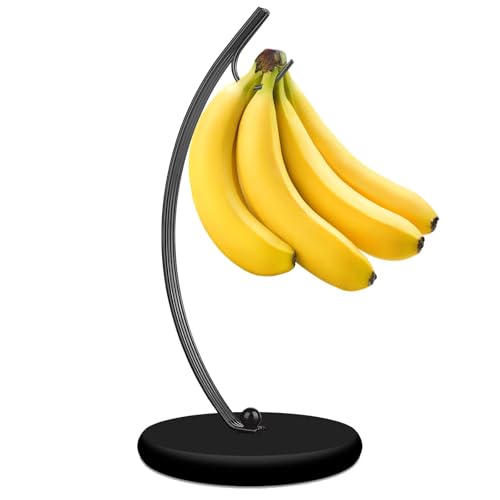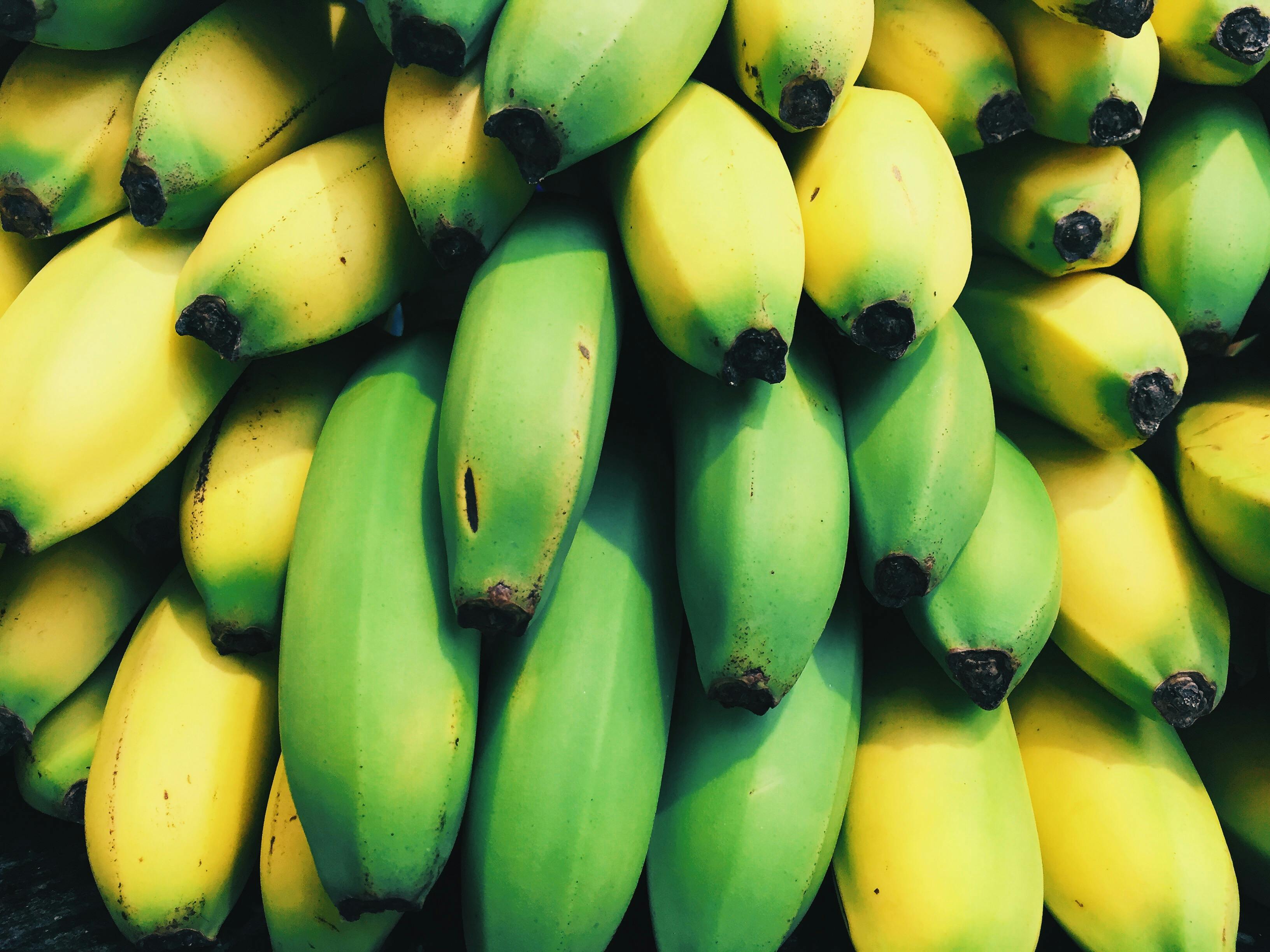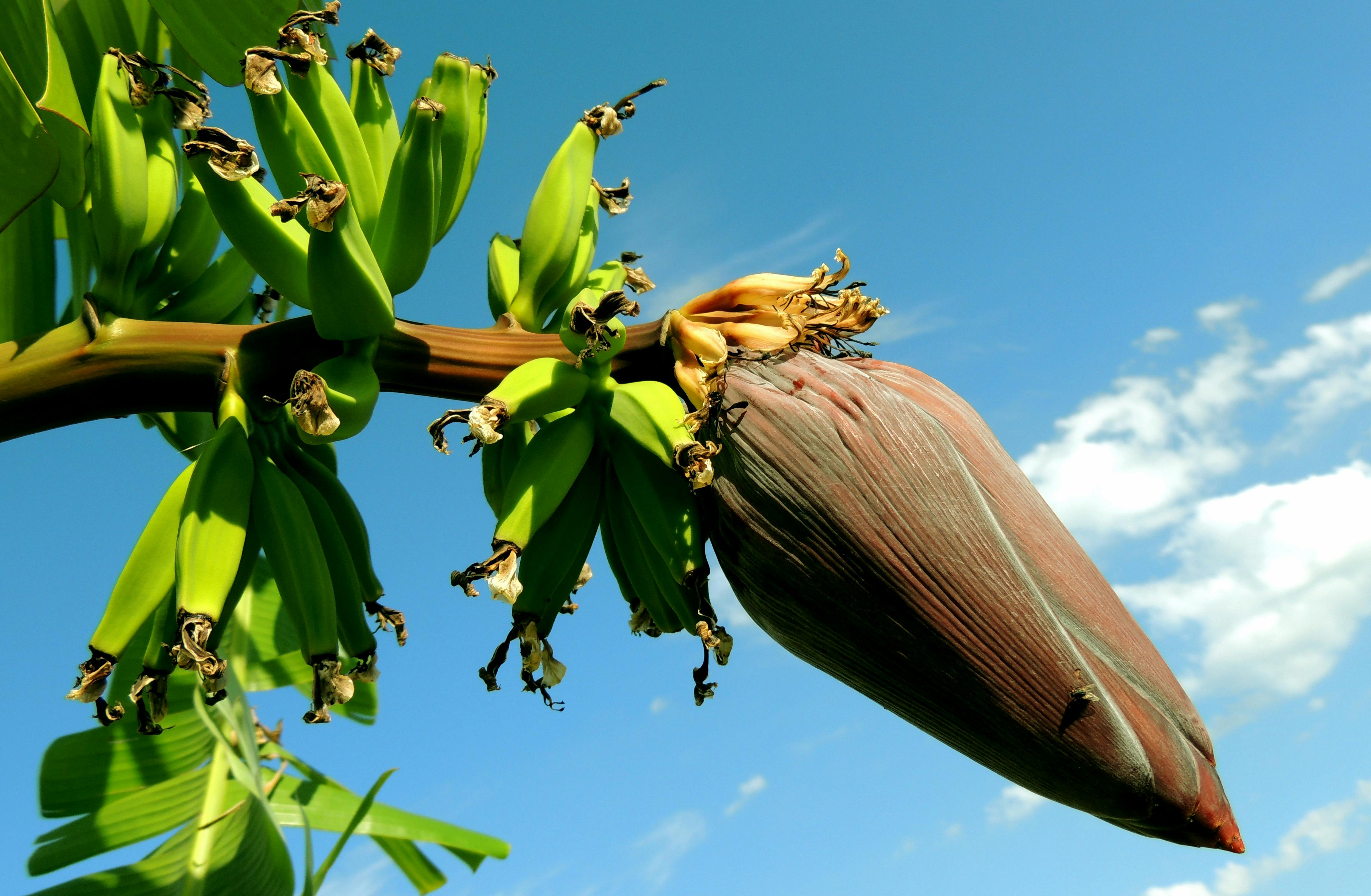Bananas Vs Plantains: What’s the Difference? A Comprehensive Guide.
Bananas and plantains are both delicious, tropical fruits that can be enjoyed in a variety of ways. But what exactly is the difference between the two? In this article, we’ll explore the unique features of both the banana and plantain tree and discuss the subtle differences between them.
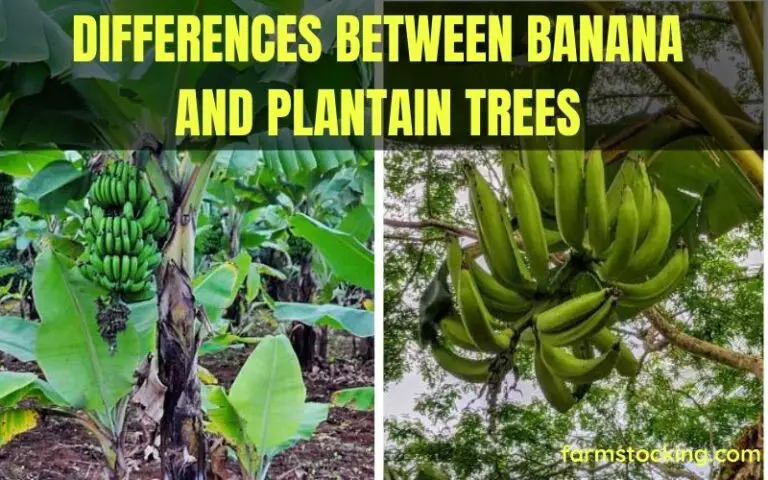
We’ll delve into important subtopics such as what exactly is a banana tree, and what makes a plantain tree different? We’ll also dig into the nutritional differences between these two fruits, as well as how to cook with them.
Whether you’re an avid fan of bananas, or simply interested in learning more about the topic, read on to find out all you need to know about these tropical fruits!
What is a banana tree?

The banana tree, also known as the Musa acuminata, is a fast-growing perennial plant that belongs to the family of Musaceae. It is native to Southeast Asia and is now cultivated in various tropical and subtropical regions around the world.
The banana tree can grow up to 30 feet tall and consists of a trunk made up of tightly overlapping leaf sheaths. The leaves are large, elongated, and arch downward with a central midrib that runs through its length.
The fruit of the banana tree grows in clusters called hands or bunches which can weigh between 30-50 pounds. Each bunch contains about 100-200 individual bananas that grow in tiers called fingers.
Apart from being a delicious fruit enjoyed by millions globally, bananas have several health benefits such as being an excellent source of potassium, fiber, vitamin C, and vitamin B6.
It’s fascinating to note that every part of the banana tree has its uses; from its leaves used for wrapping food items or making paper products to its fiber used for making textiles like ropes or even furniture.
In conclusion, understanding what a banana tree is goes beyond merely knowing it’s just another plant – it’s an essential crop that has become part of our daily lives with immense economic importance across various industries worldwide.
What is a plantain tree?
The plantain tree is a fascinating tropical plant that belongs to the banana family. Unlike the sweet and soft bananas most people are familiar with, plantains are larger and firmer, with a starchy taste that’s more akin to potatoes.
Plantains are widely cultivated across Africa, Asia, Latin America and the Caribbean for their versatile culinary uses. They can be boiled, fried, mashed or baked into pies or casseroles. In some cultures they’re even used as a substitute for bread.
But perhaps what’s most intriguing about the plantain tree is its unique growing habits. Unlike regular banana plants that produce fruit only once before dying off, plantains can continue producing fruit for up to 25 years after they’ve been planted. This makes them an ideal crop for small-scale farmers who want to maximize their yields over time.
Despite their many benefits however, not everyone is familiar with this amazing tropical crop. But by learning more about it and experimenting with different recipes in the kitchen, anyone can discover just how delicious and nutritious these humble fruits truly are!
What are the differences between a banana tree and a plantain tree?

While both banana and plantain trees belong to the same family, Musaceae, they are distinct in many ways. The most notable difference lies in their usage and nutritional value.
Bananas, also known as sweet bananas, are primarily consumed as a fruit. They are smaller and sweeter than plantains, with a softer texture that makes them easy to eat raw or cooked. Bananas are rich in vitamins B6 and C, fiber, potassium, and antioxidants.
On the other hand, plantains are starchy vegetables that require cooking before consumption. They have a firmer texture than bananas and are less sweet. Plantains contain more calories than bananas but have fewer vitamins and minerals. However, they provide an excellent source of carbohydrates for energy.
Another key difference between the two is their ripening process. Bananas ripen quickly at room temperature within a few days of being plucked from the tree while plantains take longer to ripen – up to several weeks – depending on the variety.
In summary, while both banana trees and plantain trees may look similar at first glance – it’s important to note how they differ in usage/nutritional value- so be sure you know which one suits your needs best!
What are the nutritional differences between a banana and a plantain?
While bananas and plantains may look similar, there are actually some significant nutritional differences between the two fruits.

Bananas, for example, are known for their high levels of potassium and vitamin C. They also contain a good amount of dietary fiber and antioxidants. Plantains, on the other hand, have higher levels of starch and lower sugar content than bananas. They also contain more vitamin A and iron.
One key difference between bananas and plantains is how they are typically consumed. Bananas are often eaten raw or used in smoothies or baked goods, while plantains are commonly cooked before consumption.
Despite these differences in nutritional content, both bananas and plantains can be healthy additions to a well-balanced diet. It’s important to consider your individual nutrient needs when choosing between the two fruits.
Overall, understanding the nutritional differences between bananas and plantains can help individuals make informed decisions about their food choices. Whether you prefer one over the other or enjoy both equally, incorporating these fruits into your diet can provide a variety of health benefits.
How do I cook with bananas and plantains?
Bananas and plantains are versatile and delicious fruits that can be used in a variety of dishes. Whether you’re looking to make a sweet dessert or a savory main course, there are plenty of ways to cook with these tropical treats.
One popular way to use bananas is in baking. Mashed bananas can replace eggs in many recipes, making them a great option for vegans or those with egg allergies. Banana bread is one classic recipe that’s easy to make and always crowd-pleasing.
For something more savory, try cooking with plantains. These starchy fruits are often used like potatoes and can be fried, boiled, or mashed. Tostones are a popular snack made by twice-frying sliced green plantains until crispy on the outside but still soft on the inside.
If you’re feeling adventurous, try incorporating bananas or plantains into your main dish. A banana curry sauce can add sweetness and depth of flavor to chicken or vegetables, while mashed ripe plantains can make an excellent base for Caribbean-style meat patties.
No matter how you choose to use them, bananas and plantains are sure to add an exotic twist to your cooking repertoire. So next time you’re at the grocery store, grab some ripe fruit and get creative in the kitchen!
Check out our other articles to find out even more about banana.
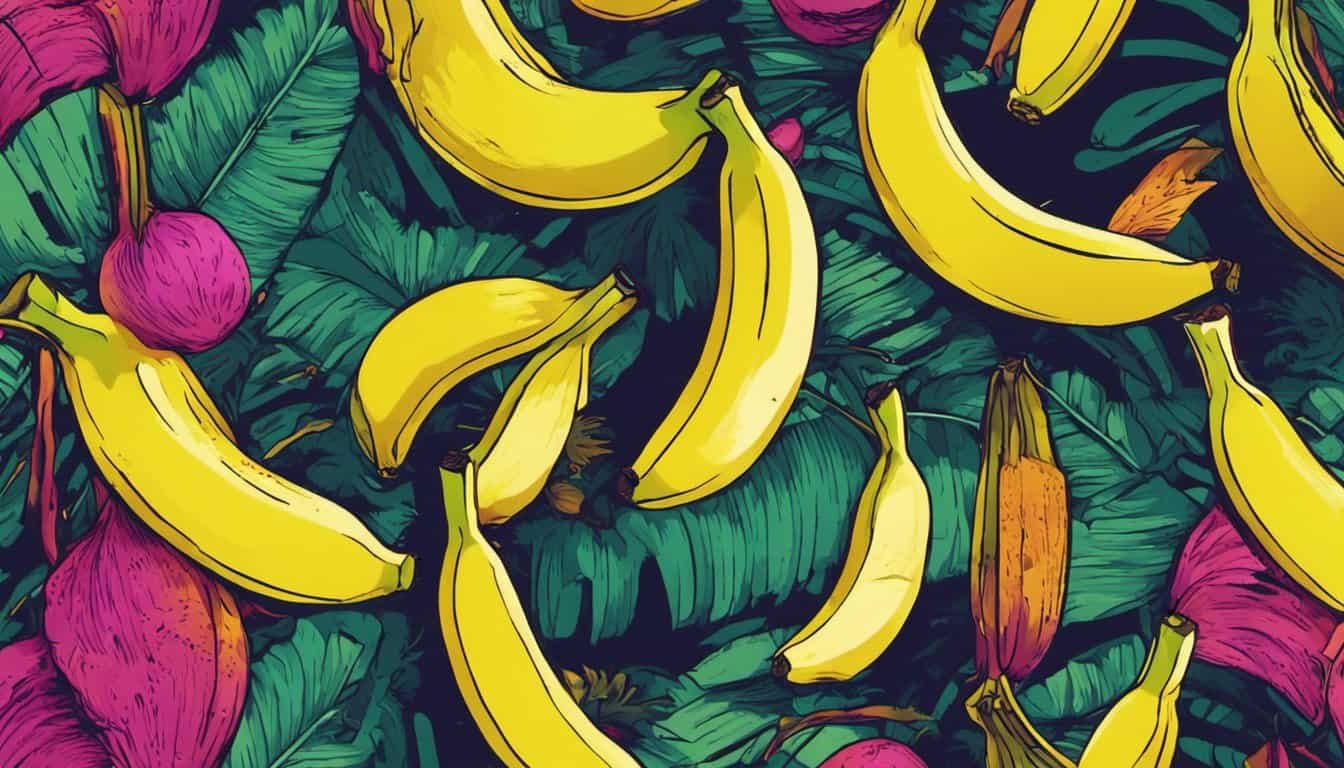
The banana vs plantain tree debate boils down to similarities and differences between the two species. Bananas and plantains have nutritional differences, cultivation requirements, and culinary applications that are worth exploring further so you can decide which one is better suited for your needs. If you’re looking to learn even more about bananas or want to discover different ways of cooking with them, be sure to check out our other articles!


